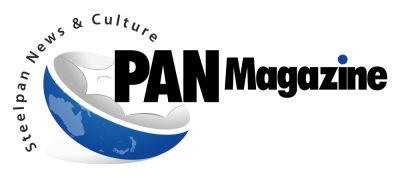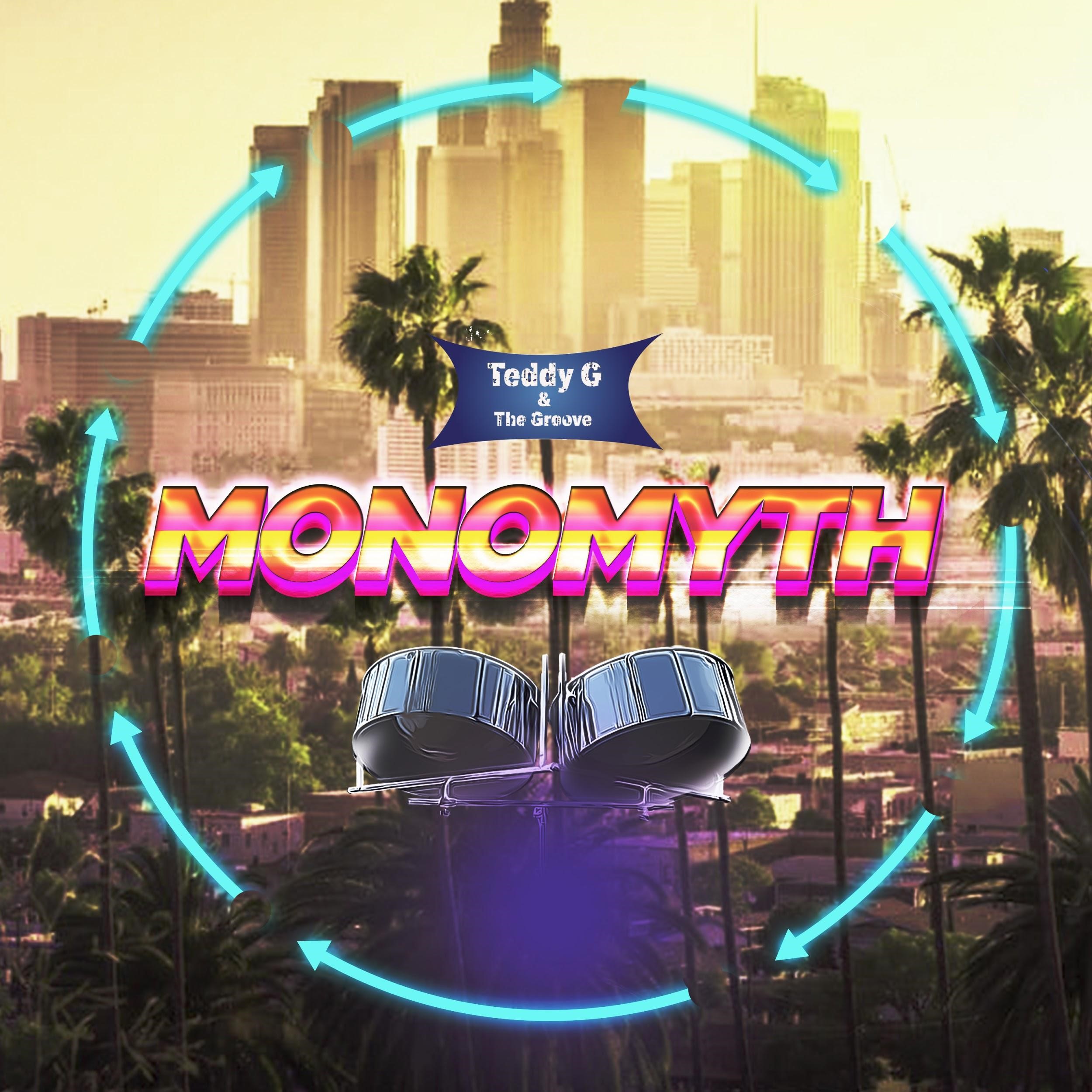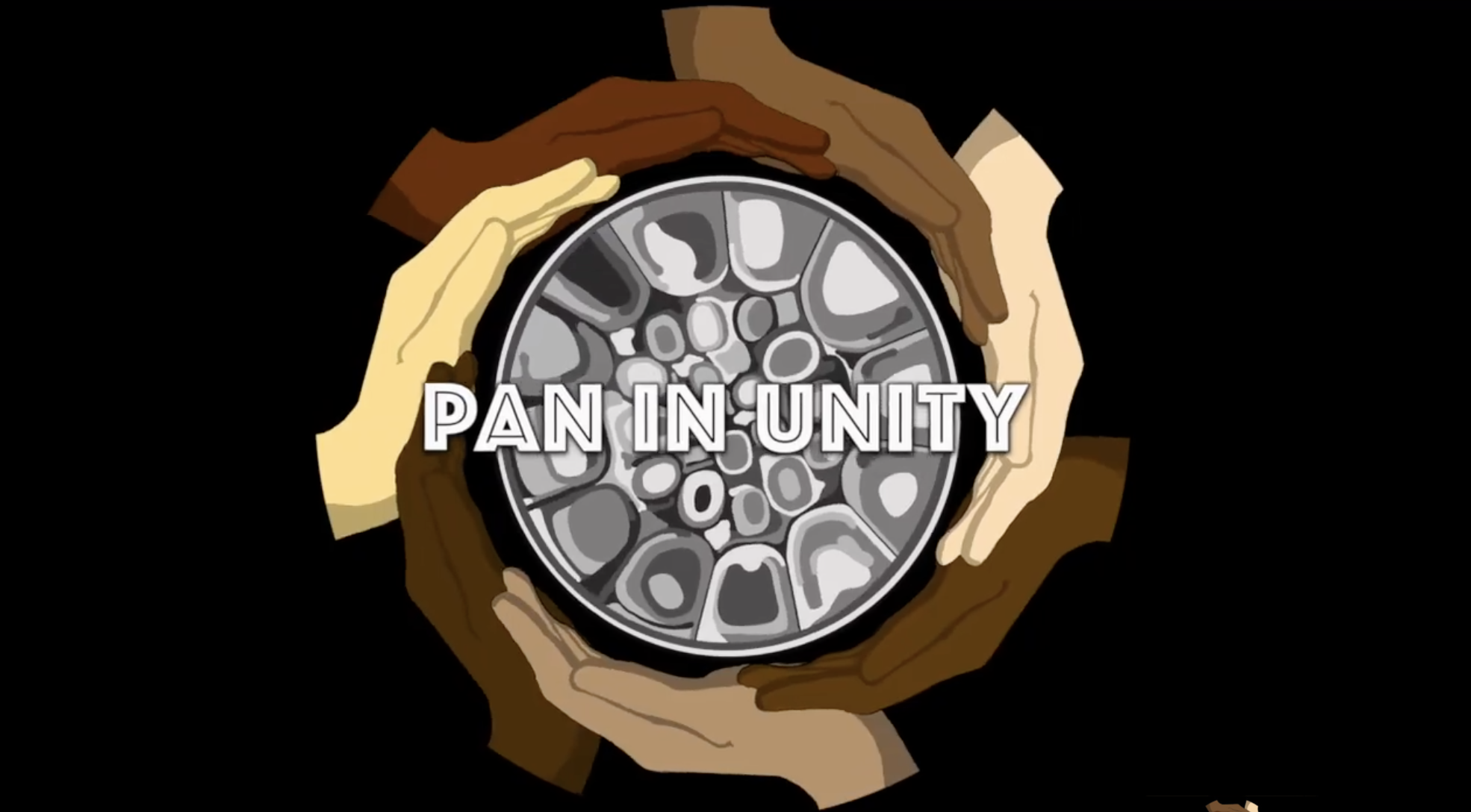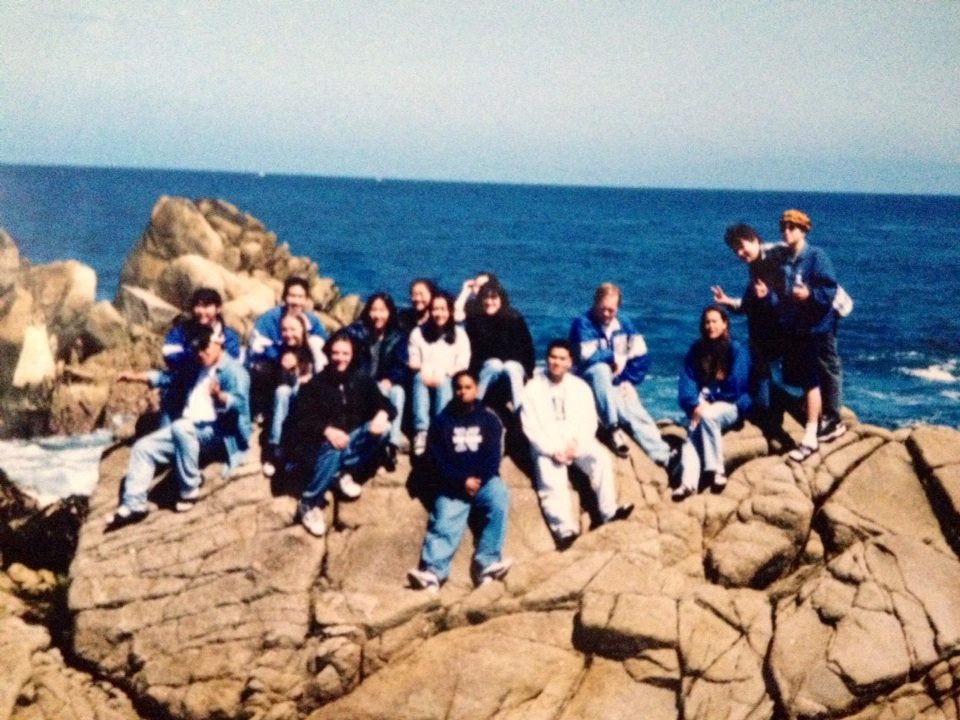By Dr. Eugene Novotney
MONOMYTH is an intriguing new album by steelpan group, Teddy G and the Groove, that showcases the steelpan artform in an epic progressive rock platform. Using the concept albums of the progressive rock genre as its inspiration, MONOMYTH blends the progressive rock style with contemporary R&B (rhythm and blues), funk, Afro-Cuban, Latin jazz, soca, Afro-Caribbean, and contemporary jazz fusion elements. The result is a hybrid soundscape, rooted in the progressive rock genre, but with an everchanging flow of grooves and styles.
All songs are composed by Ted Goslin (Teddy G), and they feature catchy melodies with interesting lines and riffs, embedded in complex textures and defined by a great variety of instrumentation. In addition to Teddy G on Double Second Steelpans, the Groove consists of Camilo Cedeno on Guitar, Alan Ritter on Drums, Adam Smith on Bass, Tyler Hunt on Percussion, and Ian Holmquist on Trumpet, and their outstanding musicianship is on full display throughout every track of this recording. Especially impressive are the many tasty solos which seamlessly fit the tunes and the styles perfectly.
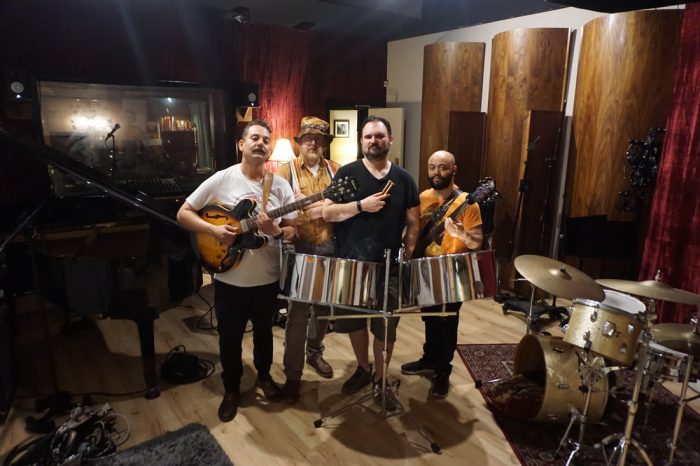
The Hero’s Journey
The album consists of 10 original songs, each of which is intended to represent a different stages of the Monomyth, or The Hero’s Journey, a narrative pattern made famous by Joseph Campbell in his 1949 work, The Hero with a Thousand Faces. Campbell, who was a notable scholar of the work of James Joyce, actually borrowed the term Monomyth from Joyce’s 1939 work, Finnegan’s Wake. In The Hero with a Thousand Faces, Campbell describes the narrative pattern of the Monomyth as follows:
“A hero ventures forth from the world of common day into a region of supernatural wonder: fabulous forces are there encountered and a decisive victory is won: the hero comes back from this mysterious adventure with the power to bestow boons on his fellow man.” – Joseph Campbell, 1949
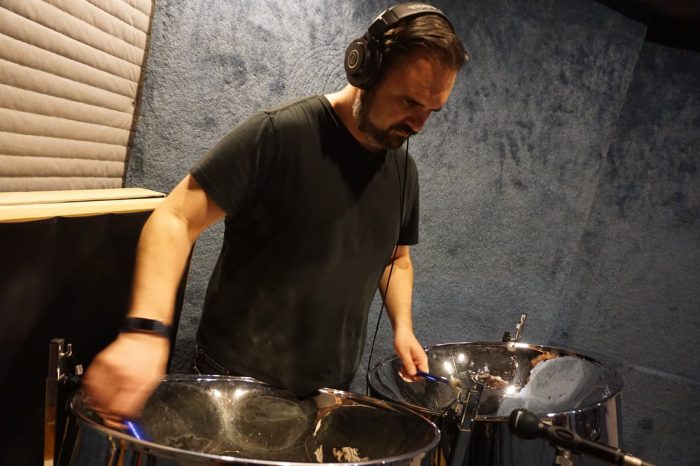
This narrative pattern serves as the foundation of the album, although none of the songs share titles with the actual names of the stages of The Hero’s Journey as defined in Campbell’s work. The entire album is 33 minutes in length, and of the 10 songs, there are six full-length compositions linked by four short, programmatic interludes.
The interludes are very interesting in scope. “Native Drum” is a very brief atmospheric interlude over a steelpan ostinato with a dreamlike quality. “Flowers in the Storm” is a classically inspired interlude which features a soft electronic rain background pedal point, and is reminiscent of classical guitar literature in its orchestration and texture. “When the Dust Settles” is a Gothic blend of steelpan with an electronic orchestra and choir, and is somewhat reminiscent of a film score soundtrack in its style and orchestration. And “Layover” has a dramatic and dark tone, featuring a descending steelpan phrase, again accompanied by an electronic orchestra in a soundtrack-like texture.
Compositional Analysis
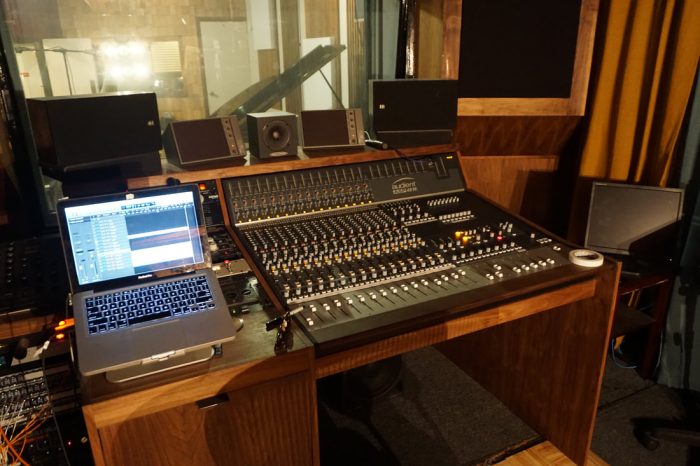
“The Next Room” and “Actions” are both medium-length tunes which blend progressive rock influences with contemporary jazz fusion sensibilities. “The Next Room” features a catchy hook in the chorus with a good mix of major/minor key contrasts and an extensive use of call-and-response motives. “Actions” has a very strong groove with an excellent drum and percussion foundation, and features intricate unison full-band lines and an outstanding steelpan solo.
The remaining four tunes, Wizards, Algorhythmic, Revolt, and Las Cuevas all feature outstanding musicianship and strong compositional ideas.
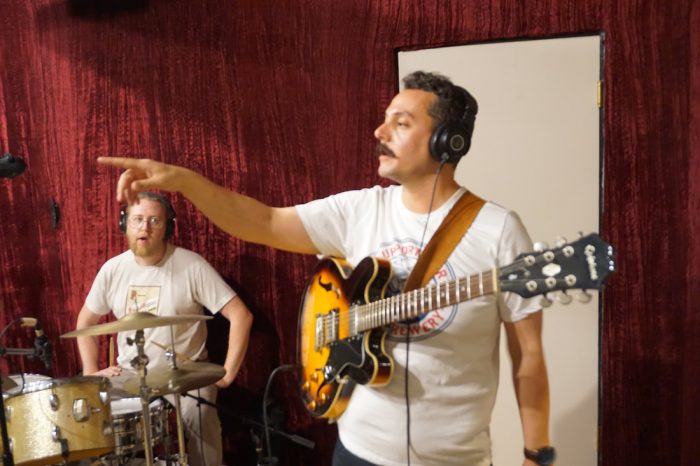
The opening track, “Wizards”, features a funk-influenced jazz fusion groove with a strong backbeat. It uses a wide variety of textures and layering to create distinct formal sections, and there is a very nice transition back to the head with a soaring guitar solo building on top of a steelpan ostinato and tasty drum riffing.
“Algorhythmic” builds on a hybrid jazz fusion/progressive rock/Afro-Cuban structure, and features an outstanding trumpet solo and a soaring “Byzantine”-influenced ending coda that builds the song nicely to the finish.
“Revolt” has a contemporary jazz fusion/soca feel and features some very stylistic steelpan lines which recognize the steelpan tradition, but have a contemporary flavor. Most notable is an extremely interesting “bridge” section in 6/4 time (with a groove based on a traditional West African 12/8 bell pattern) and featuring uplifting electronic organ chords and cool trumpet riffs.
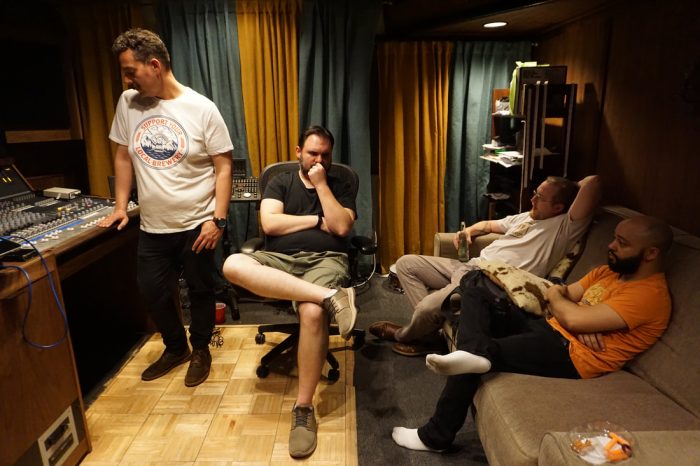
A Fitting Ending
The album closes with “Las Cuevas”, which is one of the albums strongest compositions. The tune opens with a beautiful chordal texture over a hybrid Afro-Cuban/Afro-Caribbean groove. There is outstanding guitar playing throughout this tune, and especially notable is the distorted guitar solo near the end of the tune which fits perfectly over the transitional chordal structure. Overall this tune features an excellent usage of instrumentation and textural variety throughout, and is a fitting ending to this hero’s journey.
As a whole, the entire album comes across as being genuine, engaging and uniquely familiar, while simultaneously sounding fresh, current and contemporary. It is clear that Teddy G and the Groove put their very best energy into this project, and the results tell their story very well. MONOMYTH stands as a strong example that the steelpan artform is vital and versatile, and it is definitely a project deserving of your full attention.
MONOMYTH is available on all major streaming services including Spotify, Apple Music, Pandora, Deezer, TIDAL, YouTube Music and more.
Learn more about the band at teddygandthegroove.com.
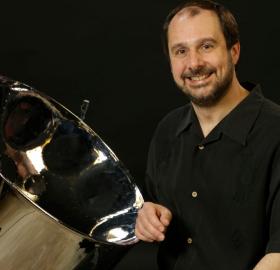
About the writer: Dr. Eugene Novotney is Director of Percussion Studies at California State University, Humboldt. As a percussionist and composer, Dr. Novotney has performed and presented lectures and masterclasses in North America, South America, the Caribbean, Europe, Asia, and Africa. He has performed on several occasions in Trinidad’s National Panorama Competition, and he has regularly served as an adjudicator for PanTrinbago, the national governing body for the advancement of steelband music in Trinidad & Tobago. Learn more HERE.
